Hi all
I got the new Van Saar book, House of Artifice, and started fiddling with potential gangs. I realised that las carbines were likely to feature more prominently than ever before, and that you get very few in a box, and
GW doesn't make it easy to get lots of the same kind of weapon through
FW either. Rather than paying £25 for 4, I picked up some proxy weapon STLs for £2. I bought the rulebook to assuage my guilt.
But that isn't important. What is important is that I tried printing exactly the same build plate at 50 micron layer height and 30 micron layer height. Same supports, same orientations same everything except layer height. I mainly did it to see if I could tell the difference with my eyes. I can't really. But then I remembered that we got my boy a microscope for his birthday... teehee, Science! (kinda sorta mostly just photos).
So I have taken some photos from the microscope of bare resin and with primer. I think the pictures are fascinating, even if they probably don't actually help me work out if it matters if I print at 50 or 30 microns

So. The bits I have looked at, printed on an Anycubic Mono using Elegoo clear blue water washable resin. The 50 micron using the Anycubic default settings and the 30 micron one with slightly reduced exposure times (if anyone cares):

And with some primer on (I have taken photos from 2 specific locations marked on this photo):
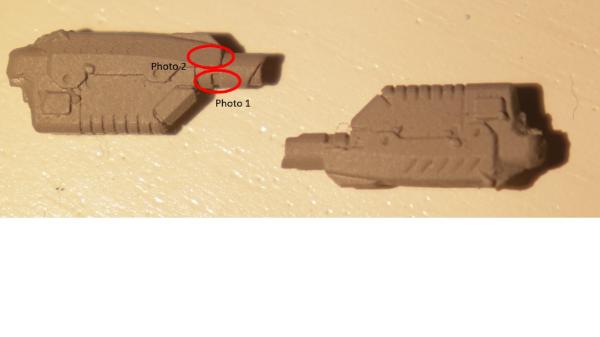
I started looking at the wee notch at the back end of the muzzle assembly (photo 1 marked above). Left hand side bare resin, right hand side with primer on. I think the top one might be the 30 micron and the bottom one 50, but even with a microscope I can't really tell properly.
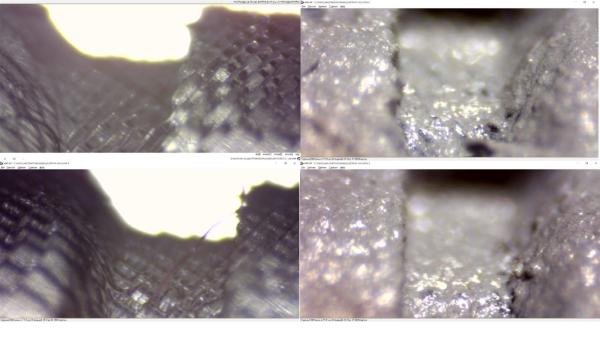
A larger shot of the upper photo of bare resin, with a slightly different point of focus:
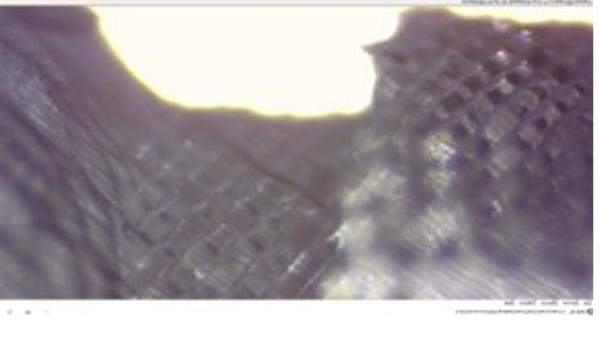
And a slightly different point of focus of the lower photo of bare resin:

And here is the location 2 photos. I have no idea which is which, and I don't have any of these in bare resin:
Print "1"
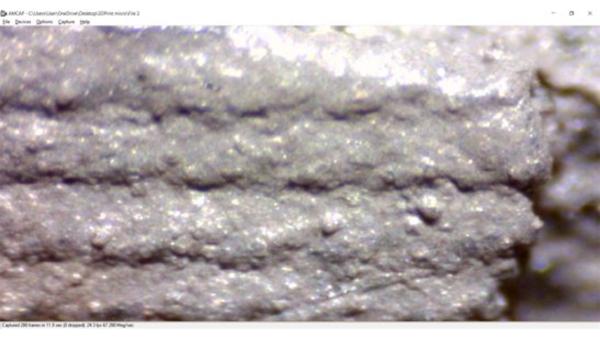
Print "2"
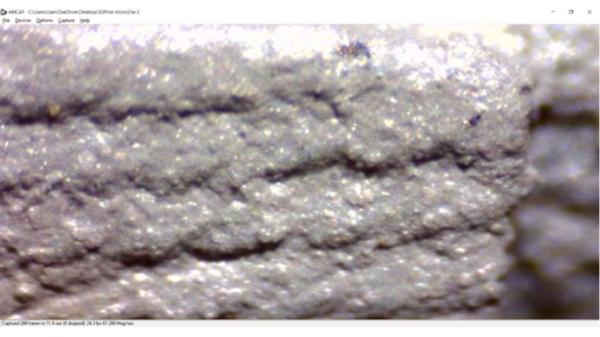
The translucent resin is really cool to look through with a backlight and a fore light. You can see all the resiny structures, layers and random bits of dust and tiny hairs

I can recommend it if you happen to have the kit lying about.